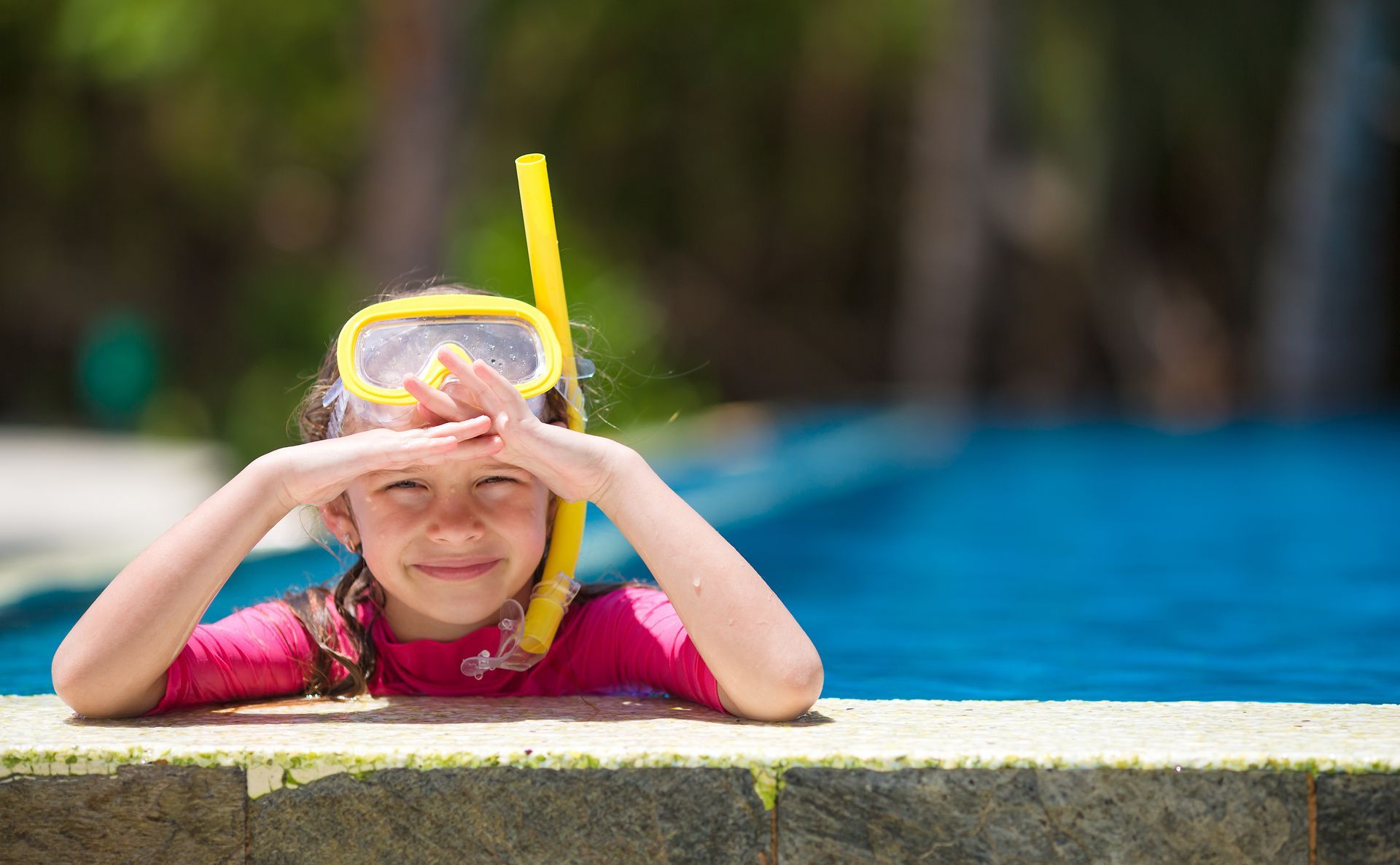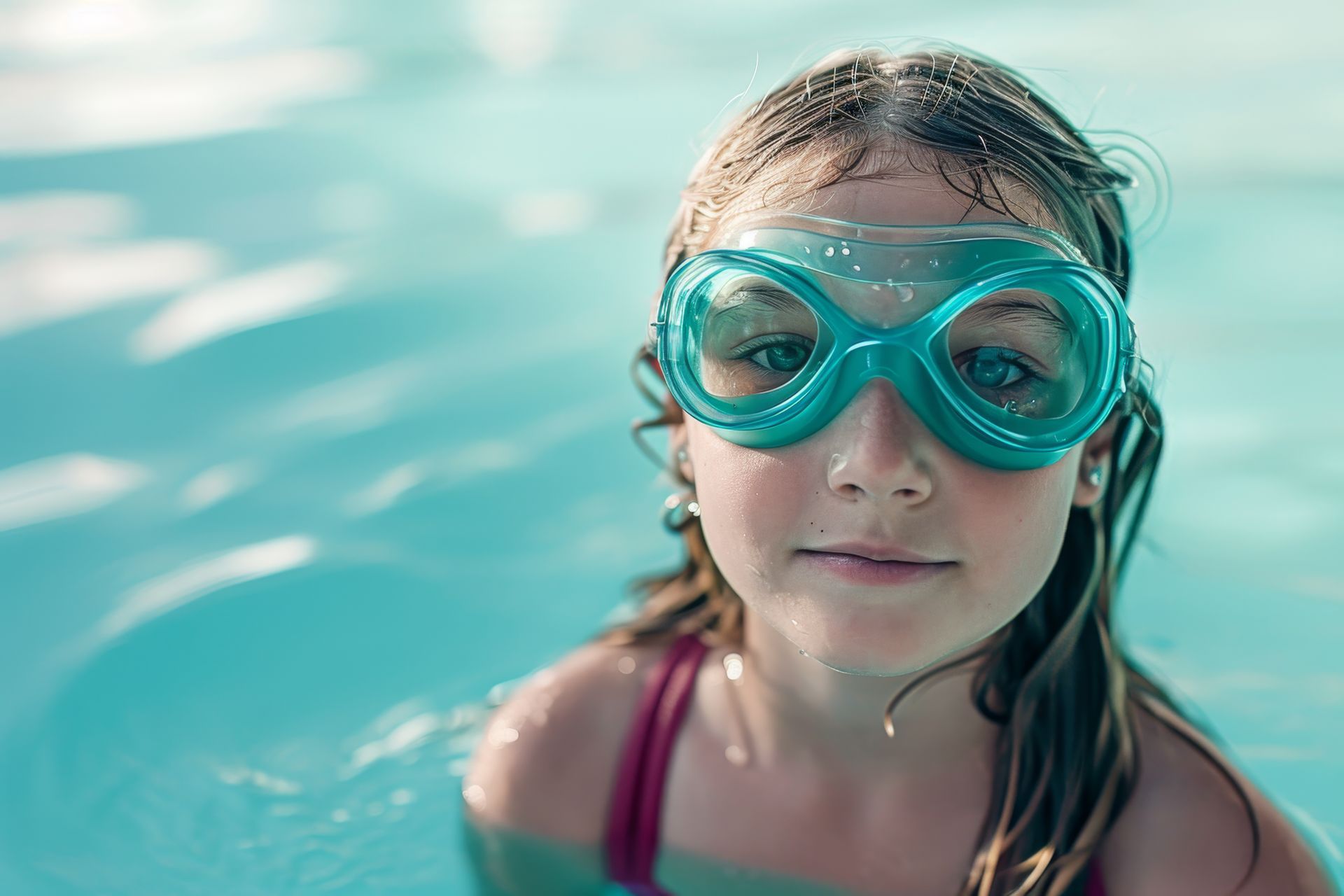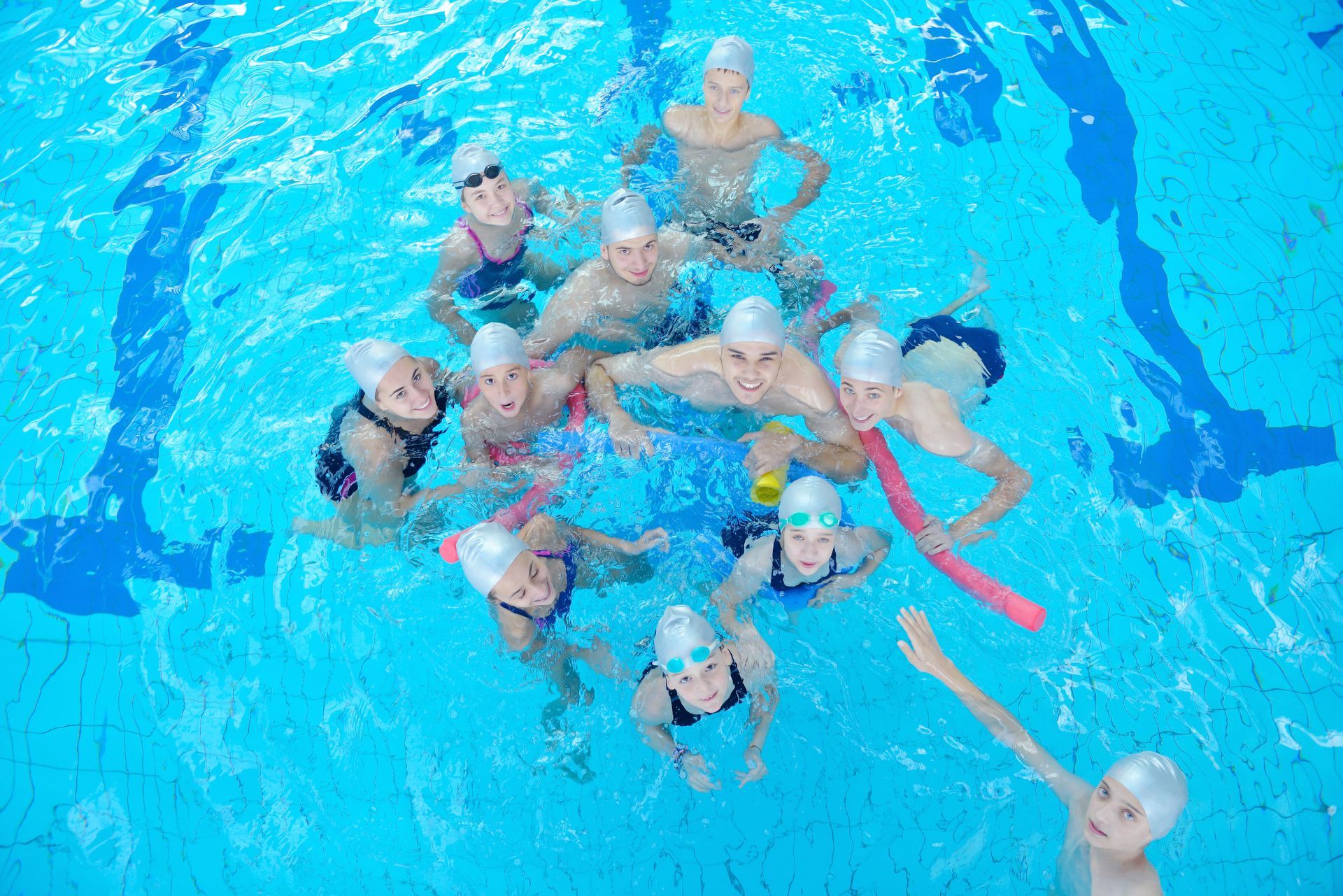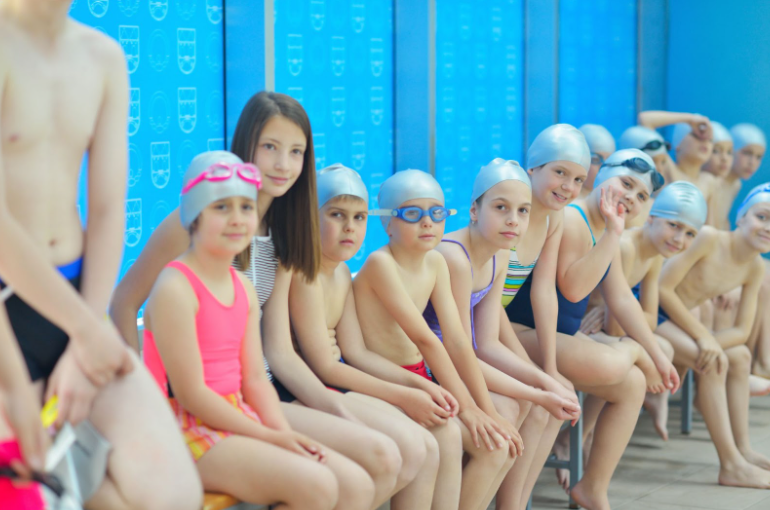Water Safety Essentials: Strategies to Prevent Drowning
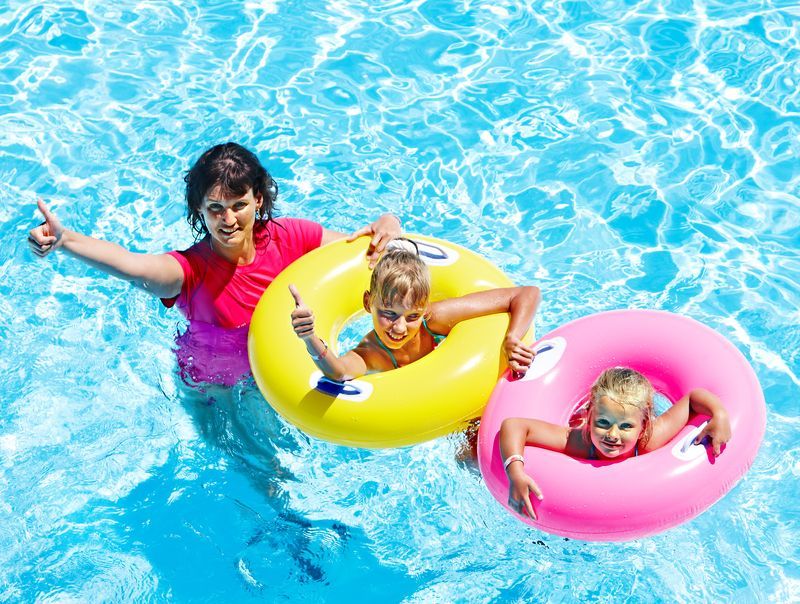
The joys of water activities can be shadowed by the risks they carry, with drowning remaining a leading cause of accidental death. Knowing how to navigate these waters with proper precautions is vital to ensure that leisure does not turn into tragedy. By integrating essential strategies into every aquatic adventure, one can markedly reduce the risk of drowning and other water-related incidents.
The Buddy System
The practice of pairing up with a companion, known as the buddy system, is a fundamental water safety measure. Whether swimming in a pool, enjoying a beach, or participating in water sports, having a partner ensures immediate assistance in case of difficulty. Buddies can watch out for signs of struggle or fatigue and can quickly alert lifeguards or call for help if necessary. This system is especially crucial in remote areas or when no professional supervision is available.
Importance of Swimming Lessons
Competence in swimming is a primary defense against drowning. Formal swimming lessons equip individuals with essential skills, such as maintaining buoyancy, moving through water efficiently, and conserving energy. Children and adults alike should seek out certified swimming instructors to learn proper technique and safety practices. Swim programs often include lifesaving skills, such as floating on one's back and treading water, which can be critical in an emergency.
Supervising Children
Close, undistracted adult supervision is imperative when children are in or near the water. A supervisor should be within arm's reach of young children and non-swimmers at all times. As children can slip beneath the water silently, guardians must remain vigilant, avoiding anything that might divide their attention, such as reading or using mobile phones. Designating a responsible adult as a "water watcher" can further reinforce this layer of protection.
Understanding Hypothermia Risks
Even in relatively warm environments, prolonged exposure to water can lead to hypothermia. This drop in body temperature can cause weakness, disorientation, and exhaustion, incapacitating even strong swimmers. One should be mindful of the time spent in the water and know the symptoms of hypothermia, which include uncontrollable shivering, numbness, and slurred speech. Wearing appropriate attire, like wetsuits in colder waters, can provide insulation and protection.
Emergency Responsiveness
Knowing how to respond to a water emergency can make the difference between life and death. Recognizing signs of drowning, such as inability to call for help, gasping for air, and the body remaining vertical in the water, is essential. In an emergency, the first step is to call for professional help. If trained and it is safe to do so, one may attempt a rescue. However, a would-be rescaper must avoid personal risk; using flotation devices or extending objects to the person in distress is preferable to entering the water.
Water Safety Preparedness Checklist
Having a water safety preparedness checklist can serve as a quick reference to ensure all necessary precautions are taken before engaging in water activities. This list should include:
- Ensuring everyone participating can swim and knows basic safety practices.
- Establishing the buddy system and keeping constant watch on companions.
- Appointing a dedicated adult supervisor for children, free from distractions.
- Knowing the location of life-saving equipment, such as life jackets and rescue poles.
- Familiarizing oneself with the signs of hypothermia and taking measures to prevent it.
- Learning CPR and basic rescue techniques.
- Having a communication plan in place in case of emergencies, including access to a phone and knowledge of local emergency numbers.
- Checking weather and water conditions before engaging in water activities.
- Wearing a properly fitted, U.S. Coast Guard-approved life jacket when appropriate, especially for non-swimmers and in open waters.
Lifesaving Equipment and Techniques
Life jackets are among the most effective tools for preventing drowning. They should be U.S. Coast Guard-approved and correctly fitted to the individual's size and weight. Additionally, having rescue equipment, such as a reaching pole or a throw ring, can assist in providing support to a person in trouble without compromising the rescuer's safety.
CPR (cardiopulmonary resuscitation) is a critical skill that can save lives in drowning incidents where breathing has stopped. Bystanders with CPR training can provide immediate aid before emergency services arrive, increasing the chances of survival. Regular refreshers in CPR techniques ensure readiness in case of an emergency.
Embracing water safety strategies is essential to safeguard the well-being of all individuals partaking in water-based activities. Water hazards are present in various settings, from home pools to open seas, and the knowledge of how to reduce risks and respond to emergencies is invaluable. Armed with the correct information, tools, and mindset, anyone can contribute to creating a safer environment around water. The key lies in preparation, education, and vigilance, which collectively foster a culture of safety and responsibility. Through these concerted efforts, the pleasures of water activities can be enjoyed with an underlying confidence that comes from knowing that necessary measures are in place to protect oneself and loved ones from the dangers of drowning.
Embark on your journey to water safety with SwimJim. Our comprehensive swimming lessons empower individuals of all ages with essential survival skills and water safety knowledge. Let us help you navigate the waters safely, whether you're a beginner or looking to sharpen your skills. Contact us today and take the first stroke towards a safer tomorrow.
